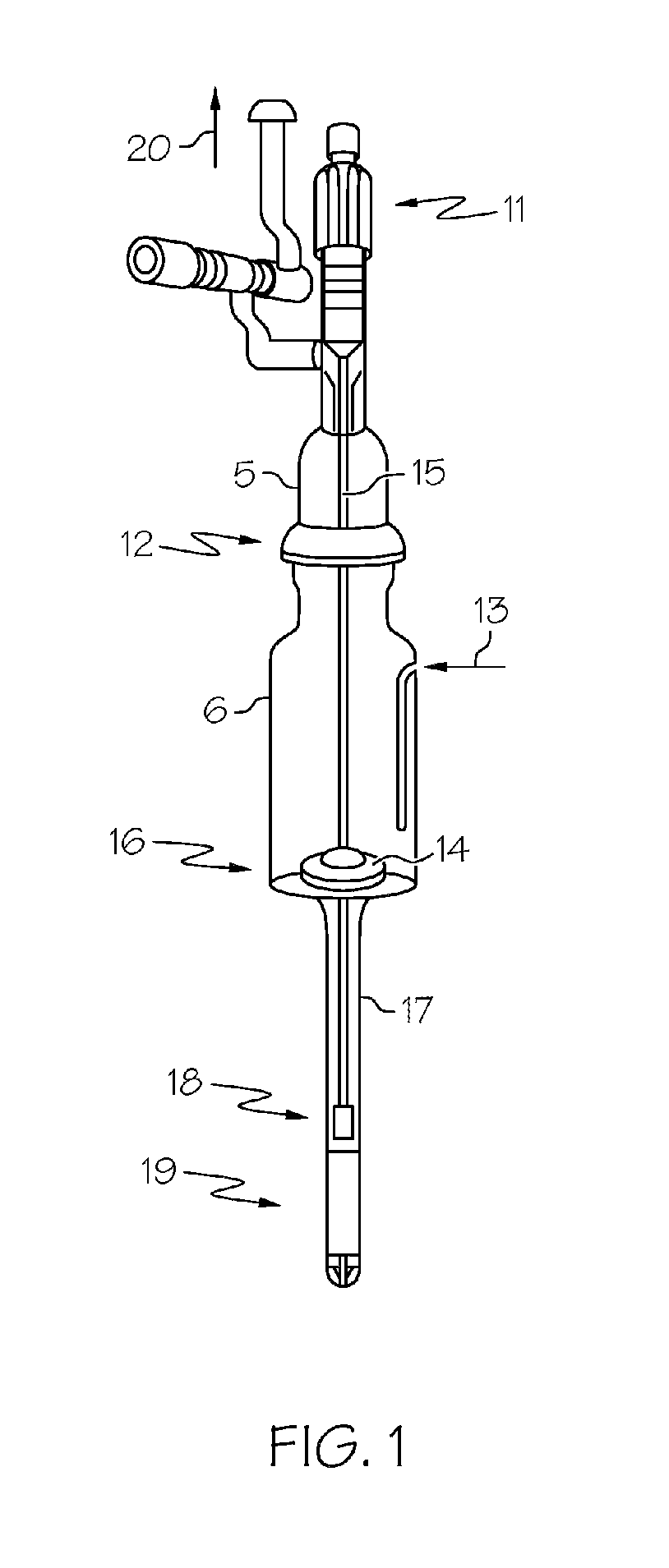Catalyst Composition
a technology of composition and catalyst, which is applied in the field of improved catalyst composition, can solve the problems of obviating or reducing demand, reducing the yield of by-products, and reducing the production of significant quantities
- Summary
- Abstract
- Description
- Claims
- Application Information
AI Technical Summary
Benefits of technology
Problems solved by technology
Method used
Image
Examples
example 1
[0075]The catalyst sample of this Example 1 comprised 80 wt % MCM-49 and 20 wt % alumina (Al2O3) and its proton density was determined in accordance with the NMR Procedure for Determining Proton Density, described above, at the Specified NMR Pretreatment Temperature of 250° C. The proton density was 1.71 mmol per gram of catalyst (first hydration state).
[0076]A 0.5 gram portion of the catalyst sample of this Example 1 was tested in accordance with the Catalyst Reactivity Testing Procedure at the Specified Ex-situ Drying Temperature of 250° C. and the Specified In-situ Drying Temperature of 170° C. The Catalyst Selectivity of this catalyst sample was 5.92, determined as the weight ratio of isopropylbenzene to diisopropylbenzene (IPB / DIPB). The Catalyst Activity of this catalyst sample was 363.
example 2
[0077]Another portion of the catalyst sample of Example 1 was treated in accordance with Proton Content Adjustment Technique #1 at a Contact Time of approximately 1 hour, to produce the treated catalyst sample of this Example 2 having a third hydration state. The proton density of the third hydration state of the treated catalyst sample was 1.85 mmol per gram of catalyst (third hydration state), determined in accordance with the NMR Procedure for Determining Proton Density, described above, at the Specified NMR Pretreatment Temperature of 250° C.
[0078]A 0.5 gram portion of the treated catalyst sample of this Example 2 was tested in accordance with the Catalyst Reactivity Testing Procedure at the Specified Ex-situ Drying Temperature of 250° C. and the Specified In-situ Drying Temperature of 170° C. The Catalyst Selectivity of this catalyst sample was 6.94, determined as the weight ratio of IPB / DIPB. The Catalyst Activity of this catalyst sample was 383.
[0079]The PDI of the catalyst s...
example 3
[0080]The catalyst sample of this Example 3 comprised 80 wt % zeolite Beta and 20 wt % alumina and its proton density was determined in accordance with the NMR Procedure for Determining Proton Density, described above, at the Specified NMR Pretreatment Temperature of 250° C. The proton density was 2.48 mmol per gram of catalyst (first hydration state).
[0081]A 1.0 gram portion of the catalyst sample of this Example 3 was tested in accordance with the Catalyst Reactivity Testing Procedure at the Specified Ex-situ Drying Temperature of 250° C. and the Specified In-situ Drying Temperature of 170° C. The Catalyst Selectivity of this catalyst sample was 5.62, determined as the weight ratio of IPB / DIPB. The Catalyst Activity of this catalyst sample was 23.
PUM
| Property | Measurement | Unit |
|---|---|---|
| temperature | aaaaa | aaaaa |
| temperature | aaaaa | aaaaa |
| contact temperature | aaaaa | aaaaa |
Abstract
Description
Claims
Application Information
 Login to View More
Login to View More - R&D
- Intellectual Property
- Life Sciences
- Materials
- Tech Scout
- Unparalleled Data Quality
- Higher Quality Content
- 60% Fewer Hallucinations
Browse by: Latest US Patents, China's latest patents, Technical Efficacy Thesaurus, Application Domain, Technology Topic, Popular Technical Reports.
© 2025 PatSnap. All rights reserved.Legal|Privacy policy|Modern Slavery Act Transparency Statement|Sitemap|About US| Contact US: help@patsnap.com

